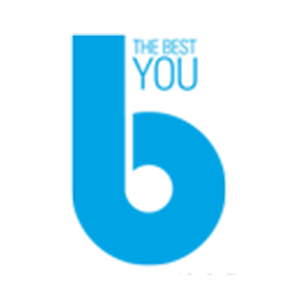A broken heart is an open heart. Whatever the circumstances, when you love someone and your time together ends, you will naturally feel pain. The pain of losing a person you love is part of life, part of this journey, but suffering doesn’t have to be. Louise Hay gives us an introduction to healing your heart.
Although it’s natural to forget your power after you lose a loved one, the truth is that after a breakup, divorce, or death, there remains an ability within you to create a new reality. Let’s be clear here: We’re asking you to change your thinking after a loss occurs – not to avoid the pain of grief, but to keep moving through it. We want your thoughts to live in a place where you remember your loved one only with love, not with sadness or regret. Even after the worst breakup, the meanest divorce, or the most tragic death, it is possible to achieve this over time. That doesn’t mean that you deny or run away from the pain. Instead, you let yourself experience it and then allow a new life to unfold – one in which you hold the love dear, not the sorrow. Here’s where our real work begins. There are three main steps to healing your heart:
Feel Your Feelings
This time can be a vital window, not only to heal your pain, but, if you feel each of your feelings fully, to also begin to release it. One of the biggest problems is that you might try to push aside or ignore your feelings. You judge them as wrong, too little, or too much. You carry a lot of bottled-up emotions, and anger is often one that is suppressed. In order to heal, however, that anger or pain must be released. We’re not speaking only about anger associated with death, but about anytime we feel anger. Elisabeth Kübler-Ross, the renowned grief expert who identified the Five Stages of Grief, said that we could feel anger, let it pass through us, and be done with it in a few minutes. She went on to say that any anger we feel over 15 minutes is old anger. Of course, anger is only one of the emotions that arise. When a relationship ends, when divorce happens, and even when a death occurs, we are left with so many feelings. Feeling them is the first step toward healing.
Allow Old Wounds to Come Up for Healing
Your loss will also be a window into your old wounds, and like it or not, they are going to come forth. Some of them you may not be aware of. When you’re going through a breakup, for example, you may think, “I knew he wasn’t going to stay.” In a divorce, you may believe that you don’t deserve love, or, when a loved one dies, you may obsess over what you have lost. These are negative thoughts that stretch beyond the current loss. It’s certainly helpful to take advantage of grief as a time to reflect on the past with tenderness, but to relive it over and over is painful and unproductive. That’s what you tend to do when you just go back without an intention of healing. Where did these negative thoughts originate? They originated in the past and weren’t healed with love. Together we’ll shine a light on those old wounds and negative thought processes and begin the healing process with love and compassion.
Change Distorted Thinking about Relationships, Love, and Life
When you grieve any loss, you apply your current thinking, which is frequently distorted. What do we mean by that? It is when your beliefs are coloured by the wounds of childhood and shaped by hurts from past relationships. Distorted thinking is often moulded by your parents and others in your life, who did the best they could, but who also carried their own distorted thinking from their childhoods. All of this worked together to form the current self-talk in your mind as you think your same old thoughts over and over again. Then you bring this old thinking, the negative self-talk, to your new loss. This is why human beings so often talk to ourselves without love and tenderness after we’ve just lost someone we cared for deeply. We blame ourselves, we throw a pity party, and we even feel that we deserve the pain we’re now experiencing. To move forward in a positive way, we need to break this cycle of distorted thinking.
You Can Heal Your Heart contains new thinking, heart-warming stories, and powerful affirmations geared to specific situations. The stories throughout are taken from real people in real situations who have lovingly chosen to share their life challenges and lessons with us so that we could share them with you. You should discover that, no matter what you’re facing, you can heal your heart.
This is an excerpt from Louise Hay’s new book, You Can Heal Your Heart, published by Hay House.




